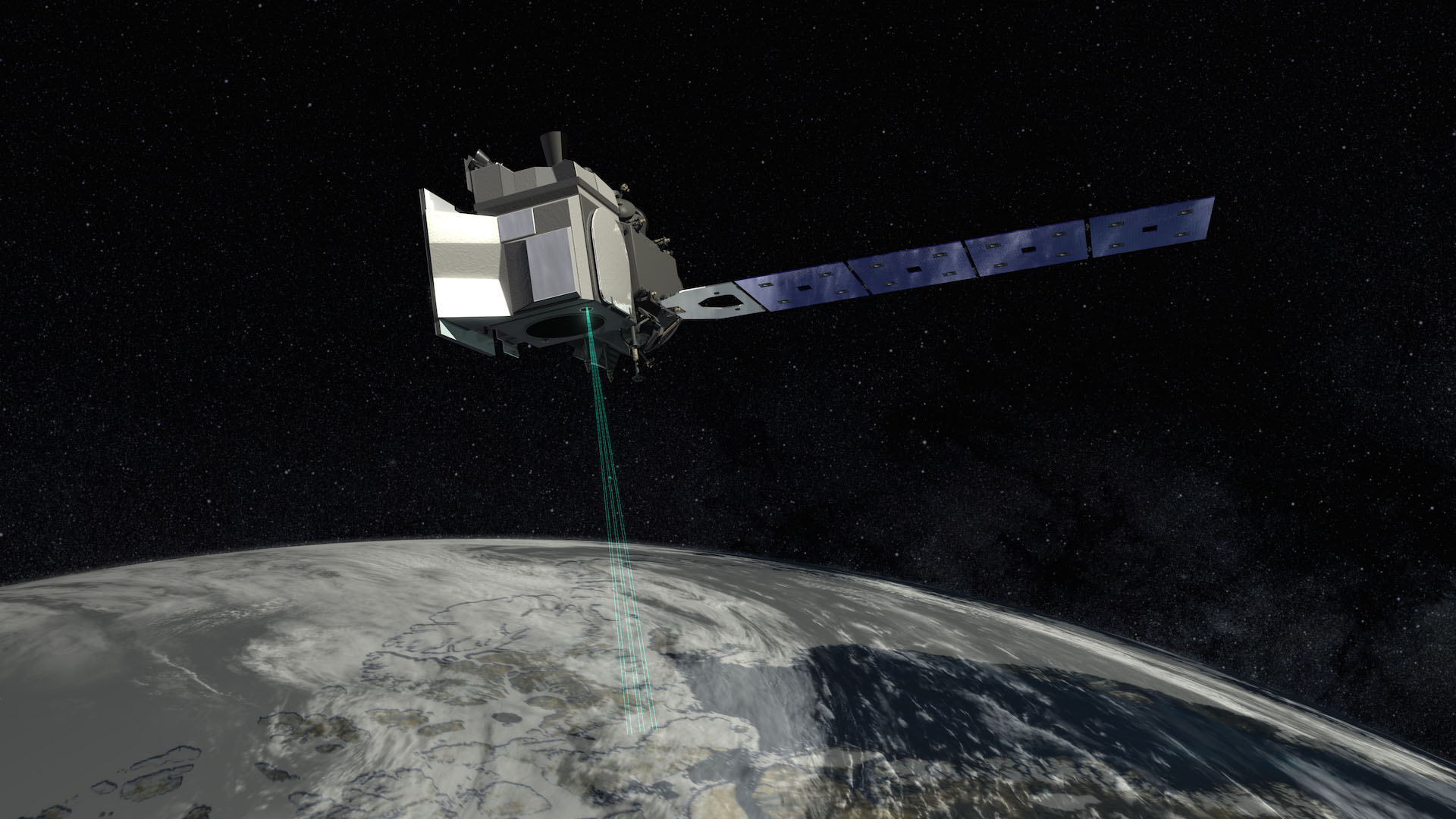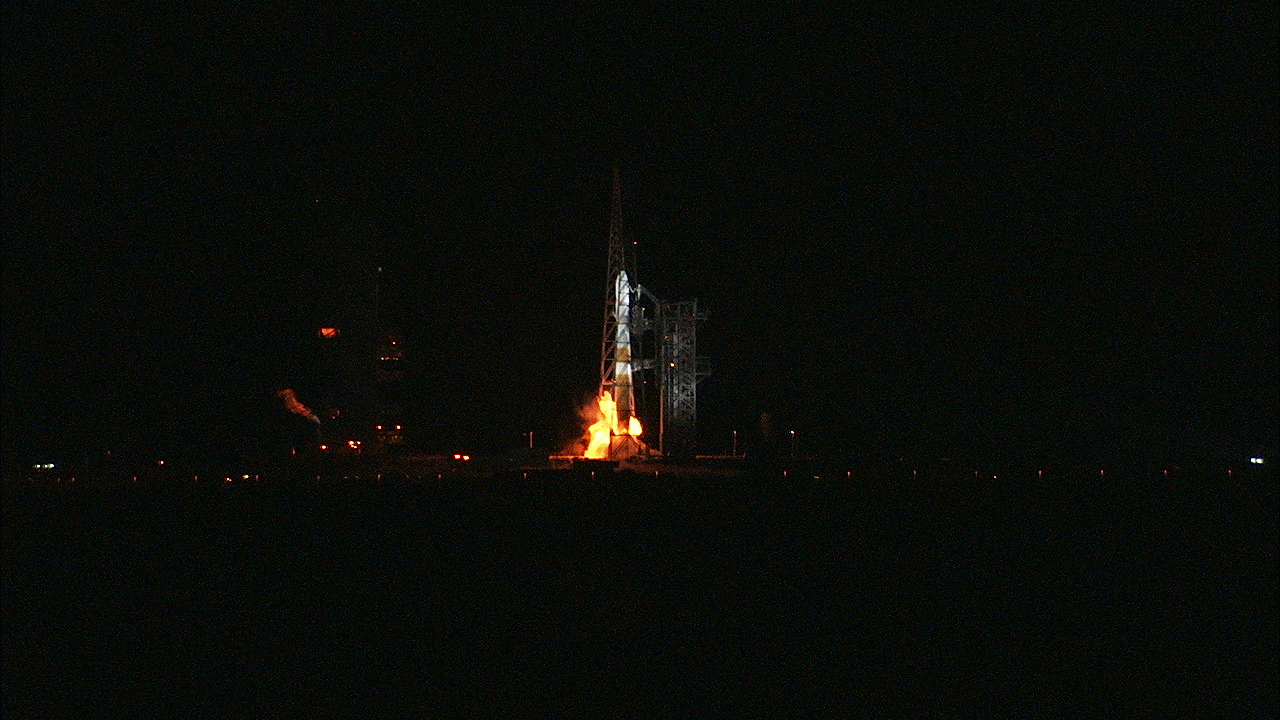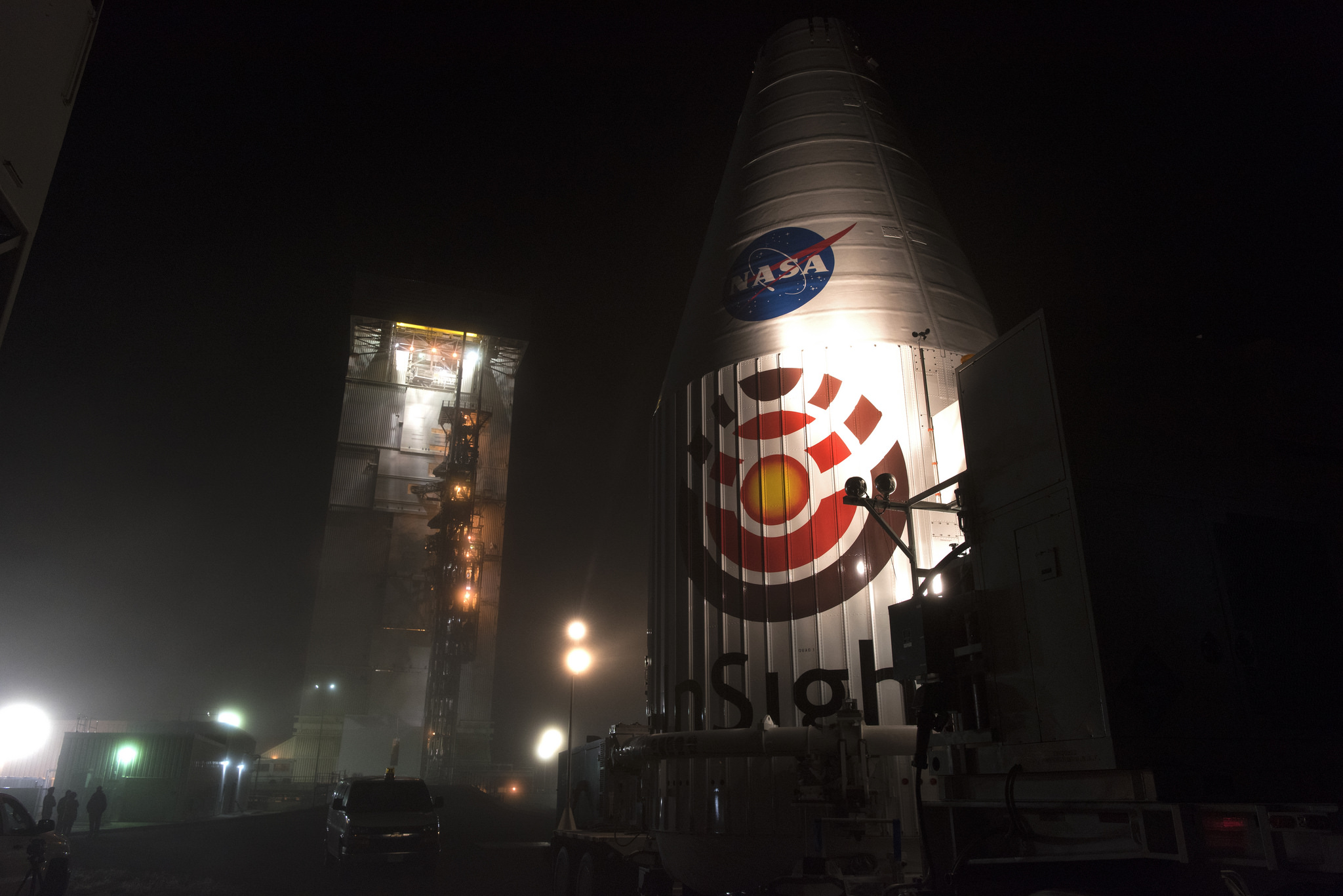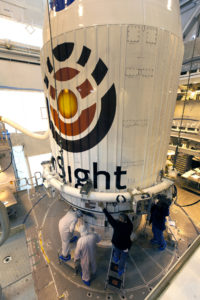
NASA’s Ice, Cloud and land Elevation Satellite-2, or ICESat-2, is being prepared for liftoff Saturday aboard a United Launch Alliance Delta II rocket from Space Launch Complex-2 at Vandenberg Air Force Base in California. The launch window opens at 8:46 a.m. EDT (5:46 a.m. PDT).
NASA will host a prelaunch mission briefing today at 4 p.m. EDT (1 p.m. PDT). The briefing will be broadcast on NASA TV. Scheduled participants are:
- Tom Wagner, ICESat-2 program scientist at NASA Headquarters
- Doug McLennan, ICESat-2 project manager at NASA’s Goddard Space Flight Center
- Cathy Richardson, Deputy Program Manager, Earth Science Projects Division, NASA Goddard Space Flight Center
- Tom Neumann, ICESat-2 deputy project scientist at Goddard
- Lori Magruder, ICESat-2 science definition team lead at the University of Texas at Austin
- Helen Fricker, ICESat-2 science definition team member at the Scripps Institution of Oceanography
- Bill Barnhart, ICESat-2 program manager at Northrop Grumman
- Tim Dunn, launch director at NASA’s Kennedy Space Center
- Scott Messer, program manager for NASA Programs at United Launch Alliance
- 1st Lt. Daniel Smith, launch weather officer with the 30th Space Wing at Vandenberg
Media and the public may ask questions during the briefing using #askNASA.





